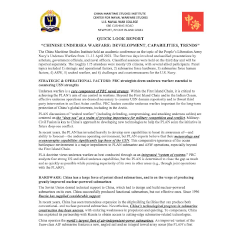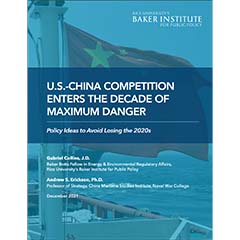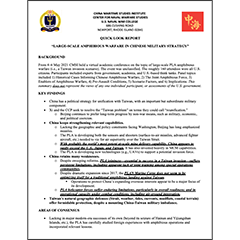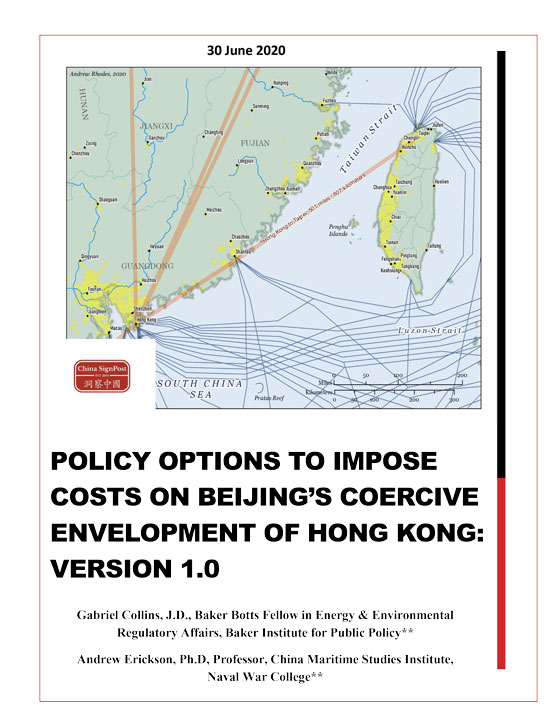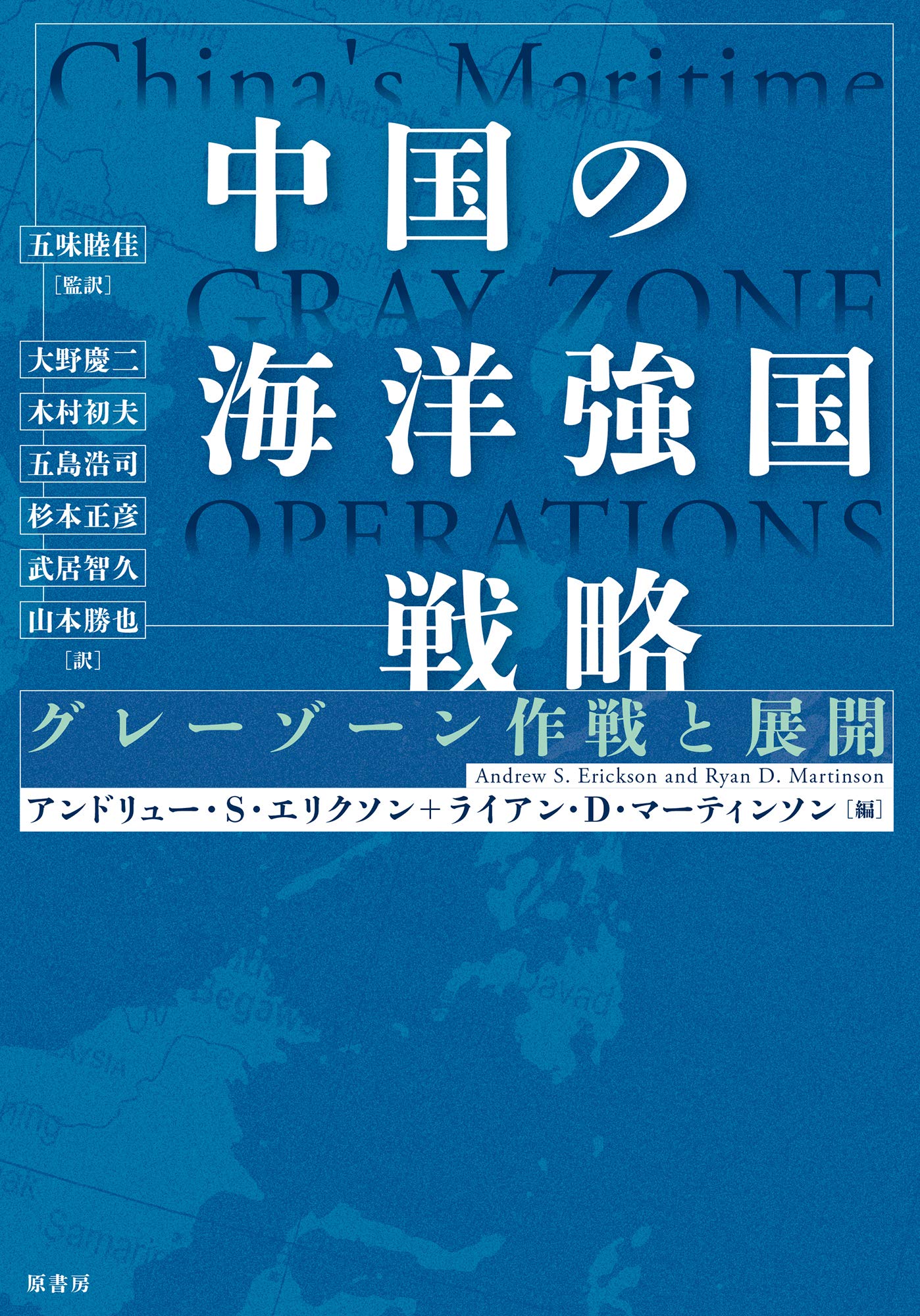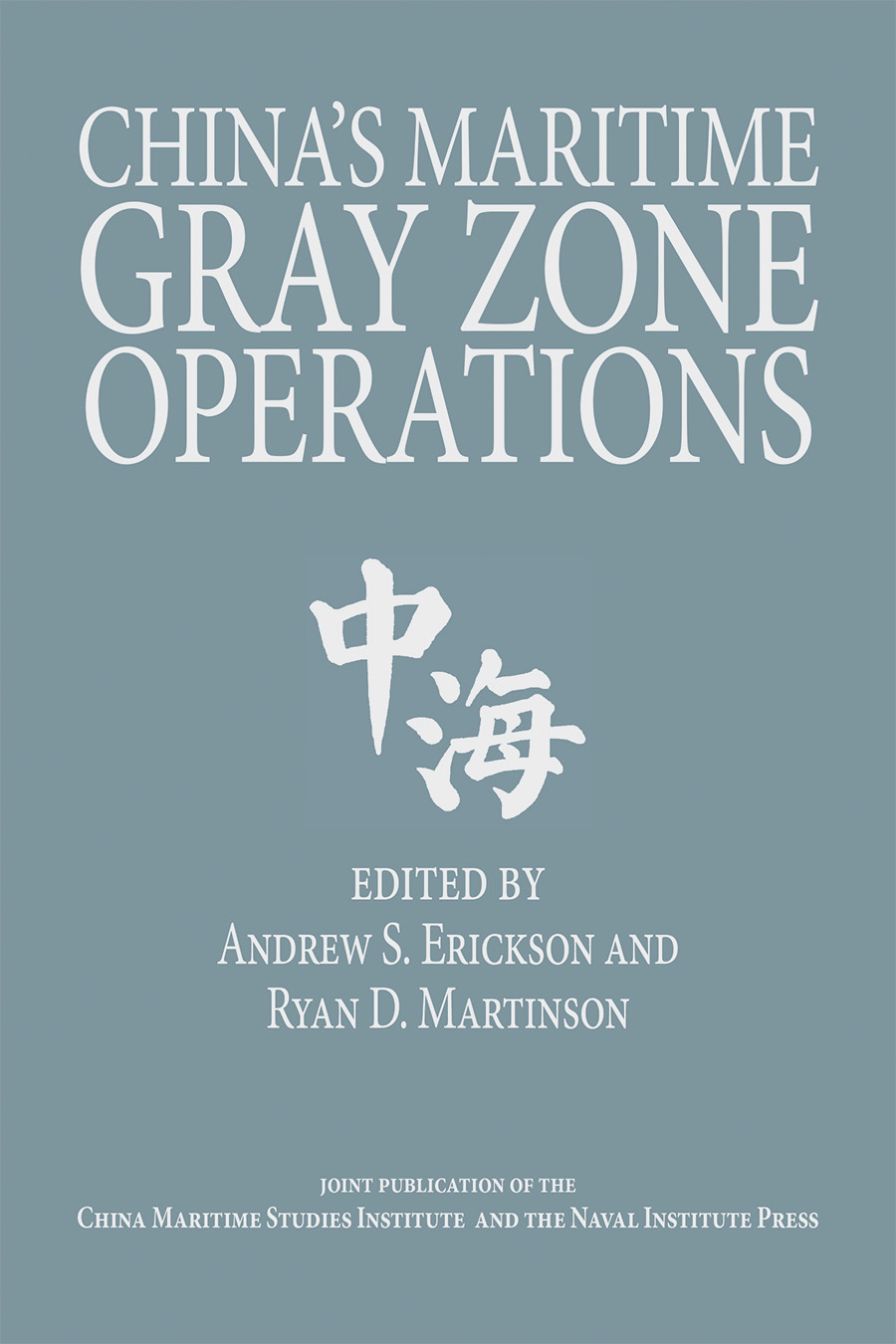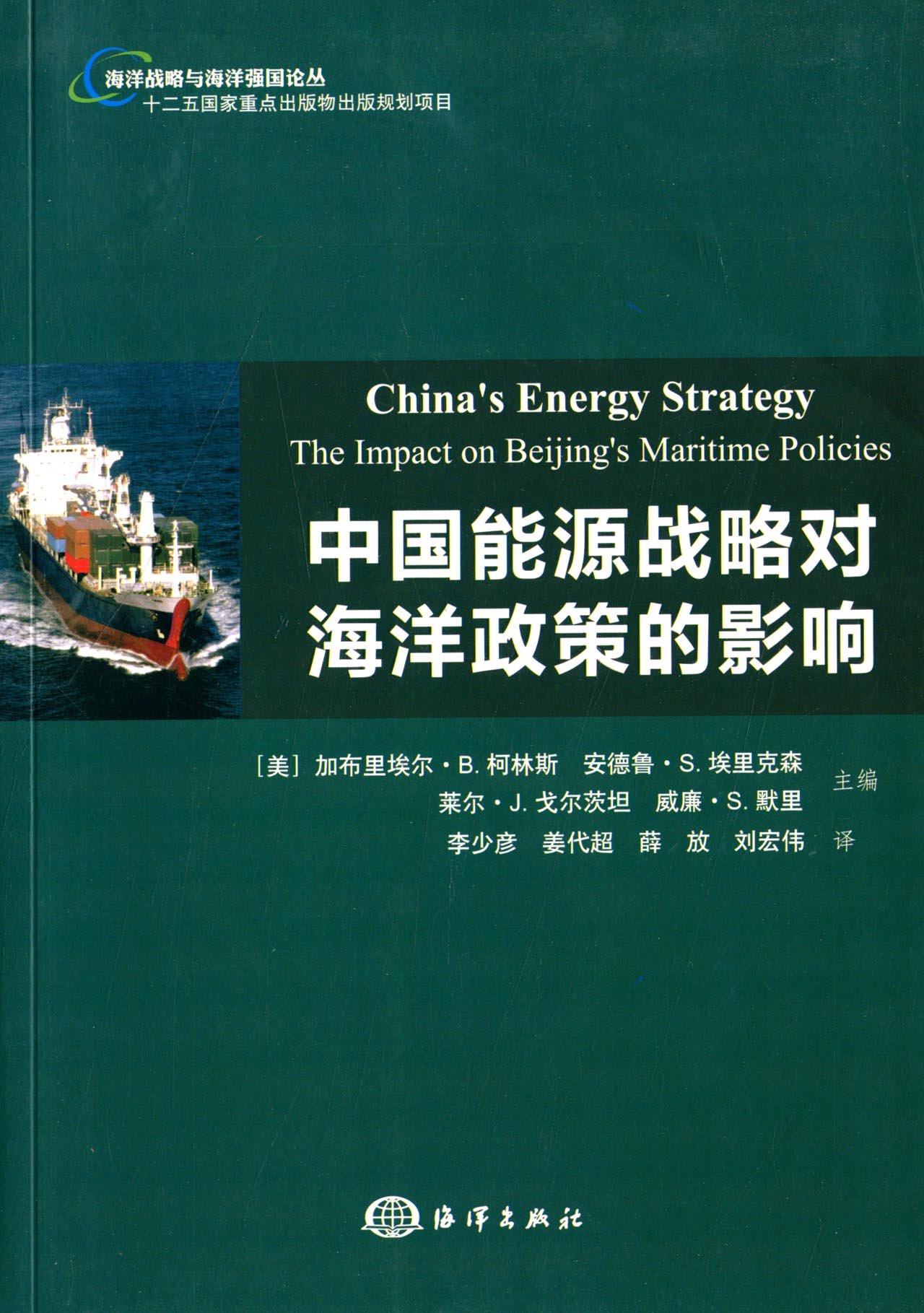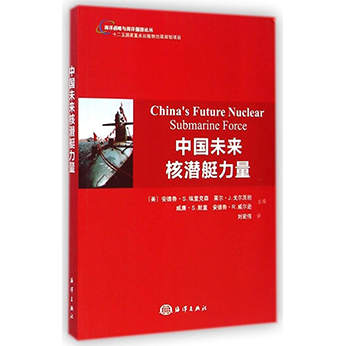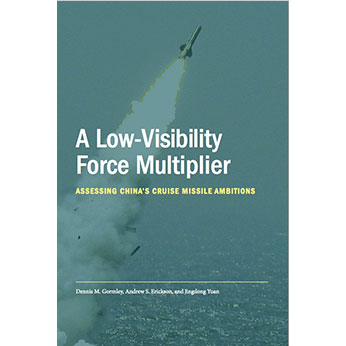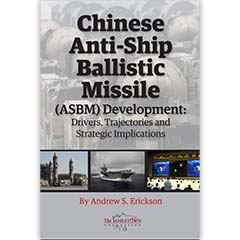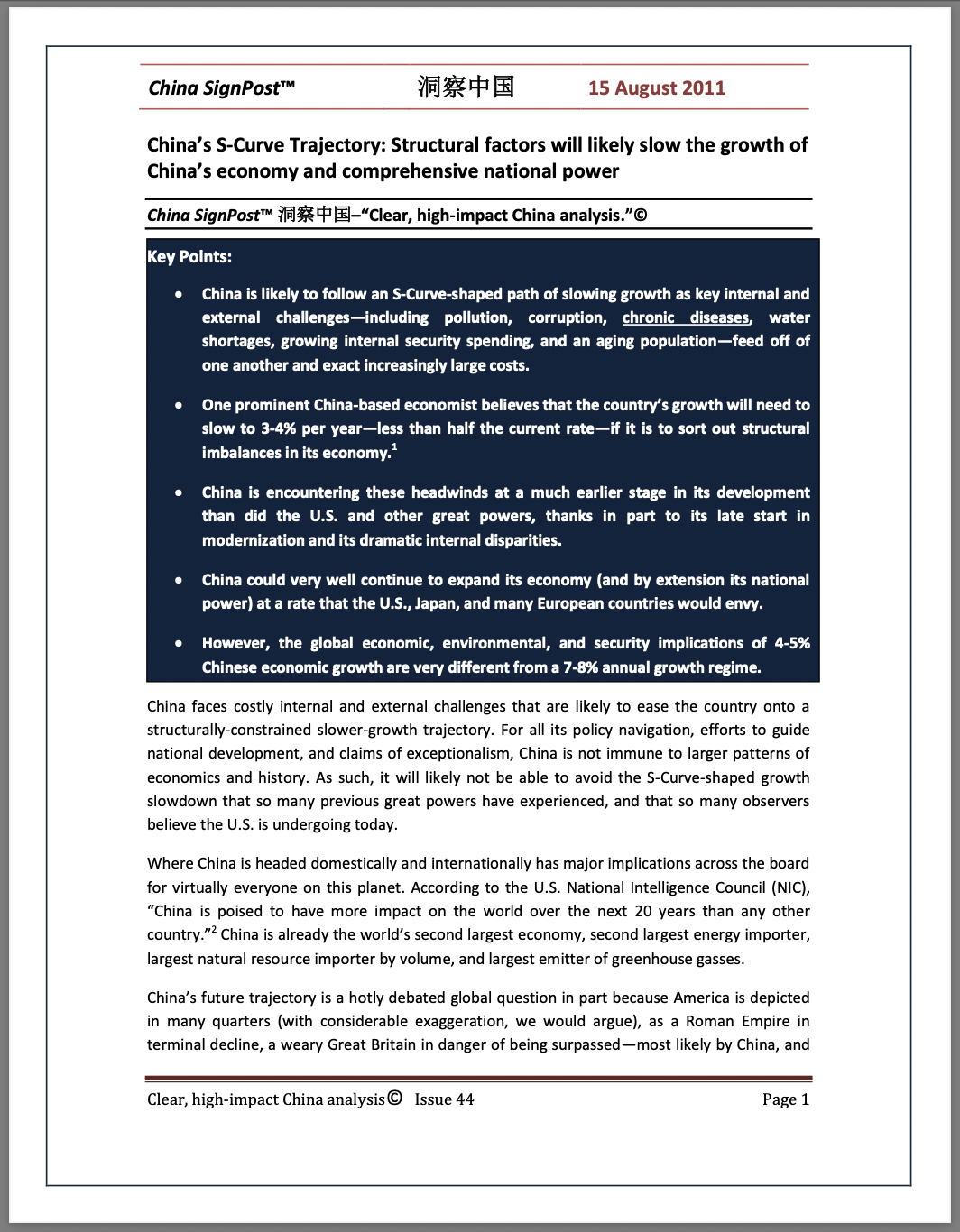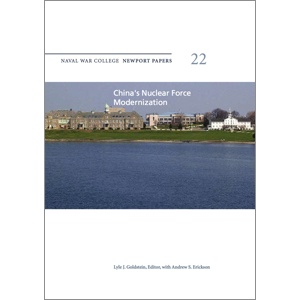What the Pentagon’s New Report on Chinese Military Power Reveals About Capabilities, Context, and Consequences
Just out in War on the Rocks—My take on the Pentagon’s 2024 China Military Power Report!
I offer both TL;DR for the 182-page document and a hard-hitting conclusion.
- The bottom line: If Xi and the PLA were in the disarray some imagine, there’s no way China’s military could be developing, deploying, and exercising the way it clearly is.
- Instead, Beijing continues the most dramatic military buildup since World War II. That’s the overwhelming reality we—and Taiwan in particular—ignore at our peril.
- The proof is in the pudding, and the Pentagon just served up the biggest public dessert of the year.
Andrew S. Erickson, “What the Pentagon’s New Report on Chinese Military Power Reveals About Capabilities, Context, and Consequences,” War on the Rocks, 19 December 2024.
China’s military is both corrupt and increasingly capable. Yesterday, the Pentagon released its 24th China Military Power Report since Congress initiated its mandate in 2000, offering revelations unavailable elsewhere. The document reveals new details of the most dramatic military buildup since World War II, ongoing challenges that Chairman Xi Jinping and his party army are addressing with determination, and context to interpret what it all means. The bottom line: endemic corruption and lingering personnel and organizational weaknesses must be weighed against the Chinese Communist Party’s unrivaled ability to marshal resources and its ongoing production and deployment of advanced military systems on an unmatched industrial scale. Xi commands a system riven by brutal elite power struggles, but he is determined to pursue control over Taiwan with an increasingly potent toolkit. With deadly seriousness, he continues to advance sweeping organizational reforms to maximize relevant warfighting capabilities in fulfillment of his Centennial Military Building Goal of 2027, even at the cost of short-term churn and challenges.
Dramatic Developments: Nuclear Weapons, Manifold Missiles, Operational Options
Nothing looms larger than China’s determined advancements in nuclear weapons — arguably the ultimate military capability. By the report’s suspense date of “early 2024,” China already had more than 600 operational nuclear warheads, a surge from the more than 500 tabulated in last year’s edition. All of China’s roughly 400 intercontinental ballistic missiles can reach the continental United States.
China will likely have more than 1,000 operational warheads by 2030, most fielded on systems capable of ranging America’s homeland, many deployed at higher readiness. Stockpile growth will continue through 2035, which the Pentagon’s 2023 report projected “in line with previous estimates” and by which time the 2022 edition anticipated 1,500 warheads. Additional advanced nuclear delivery systems likely under development include strategic hypersonic glide vehicles and fractional orbital bombardment systems, the latter at least partially demonstrated in a 2021 test. These frontier efforts draw on potent dynamics, with the report judging that China “has the world’s leading hypersonic missile arsenal.”
Three new silo fields add 320 silos for solid-propellant intercontinental ballistic missiles. China is also more than doubling its DF-5 liquid-propellant intercontinental ballistic missile force to likely 50 silos. As part of an effort to upgrade older intercontinental ballistic missile families, including with multiple independently targetable reentry vehicles, at least 30 new silos will hold the DF-5C. The Pentagon also anticipates possible silo and rail deployment of DF-41 road-mobile intercontinental ballistic missiles, which have up to three warheads each.
Already, China’s rocket force keeps some nuclear forces on heightened alert. New silo-based intercontinental ballistic missiles, at least three early warning satellites, and Russian assistance portend movement toward “early warning counterstrike” posture — what the United States terms “launch on warning.” In 2023, China test-launched two intercontinental ballistic missiles from training silos in western China. This suggests at least some new silo-based units will assume a launch on warning posture. … … …




